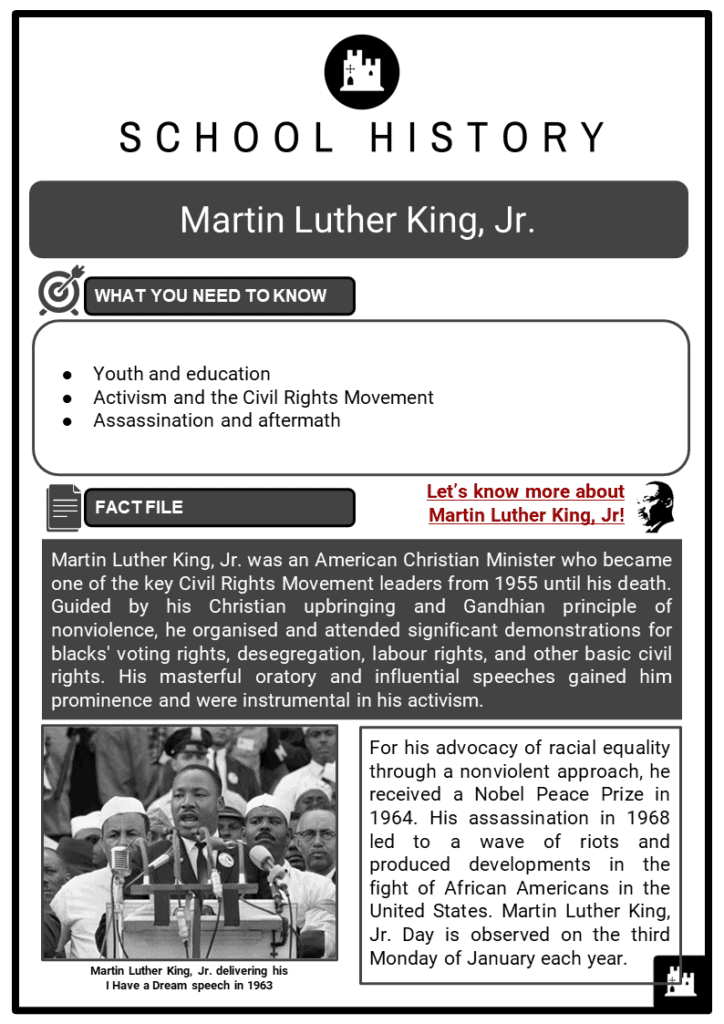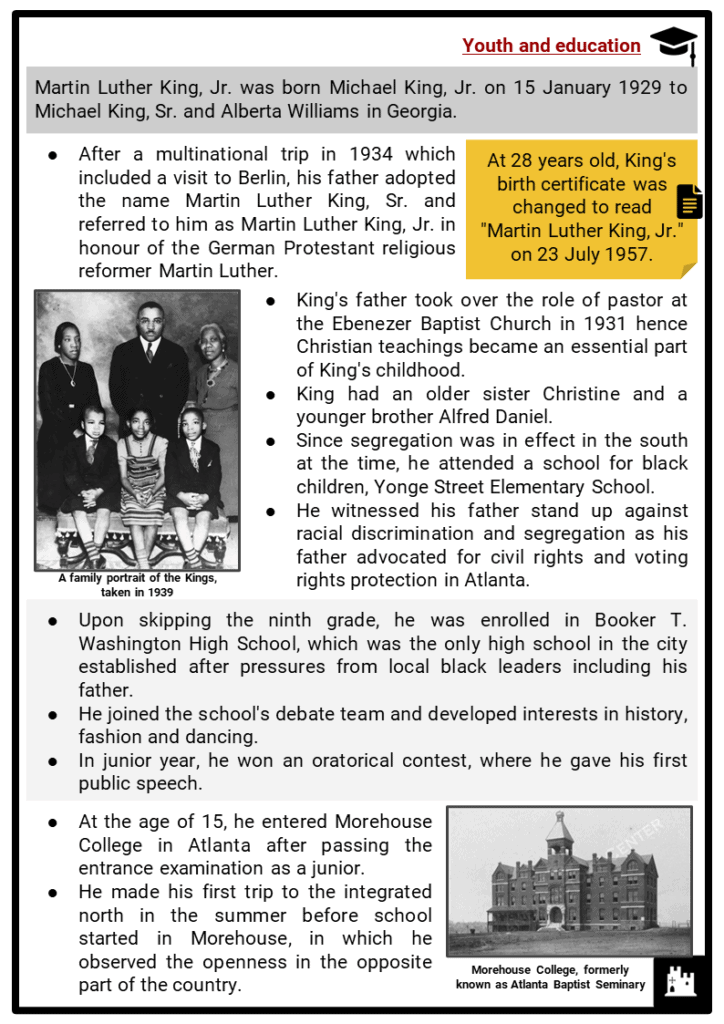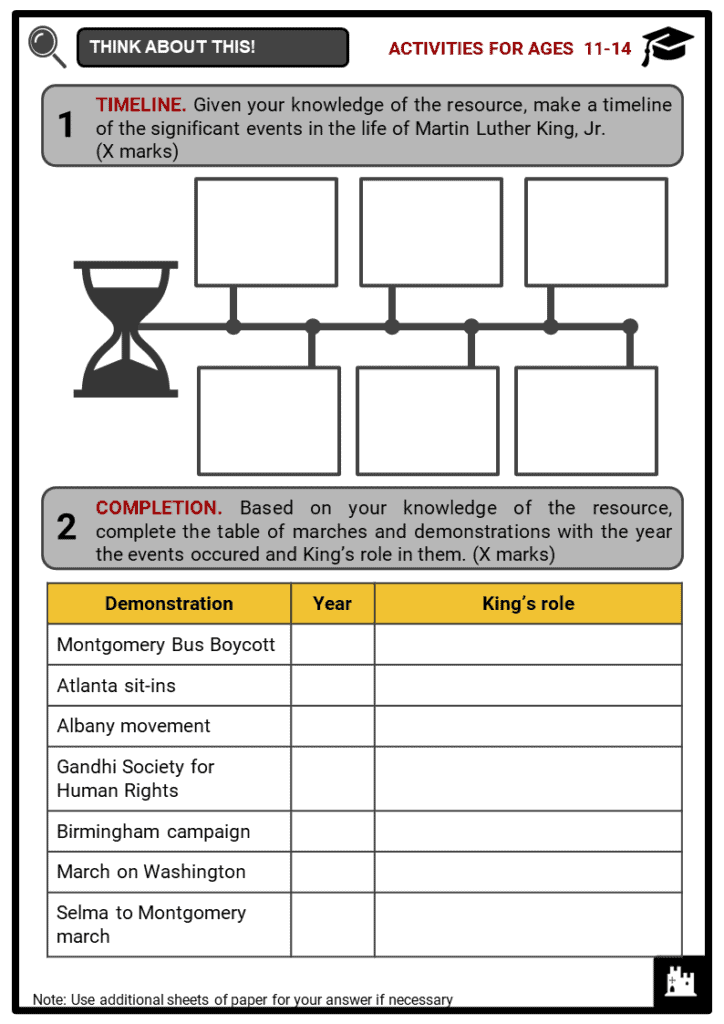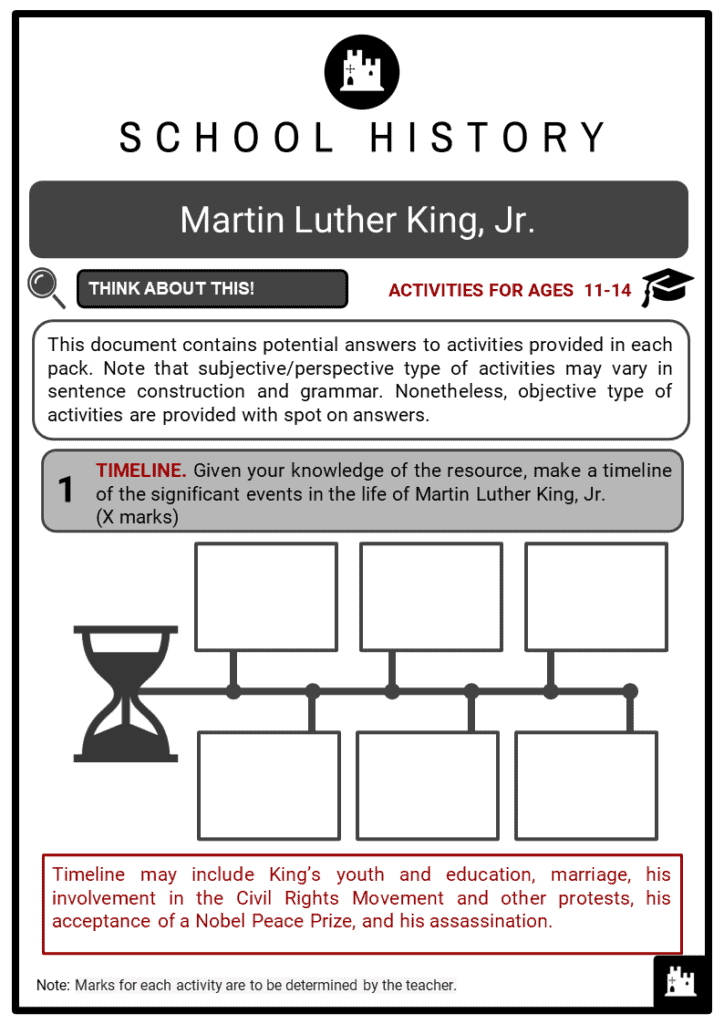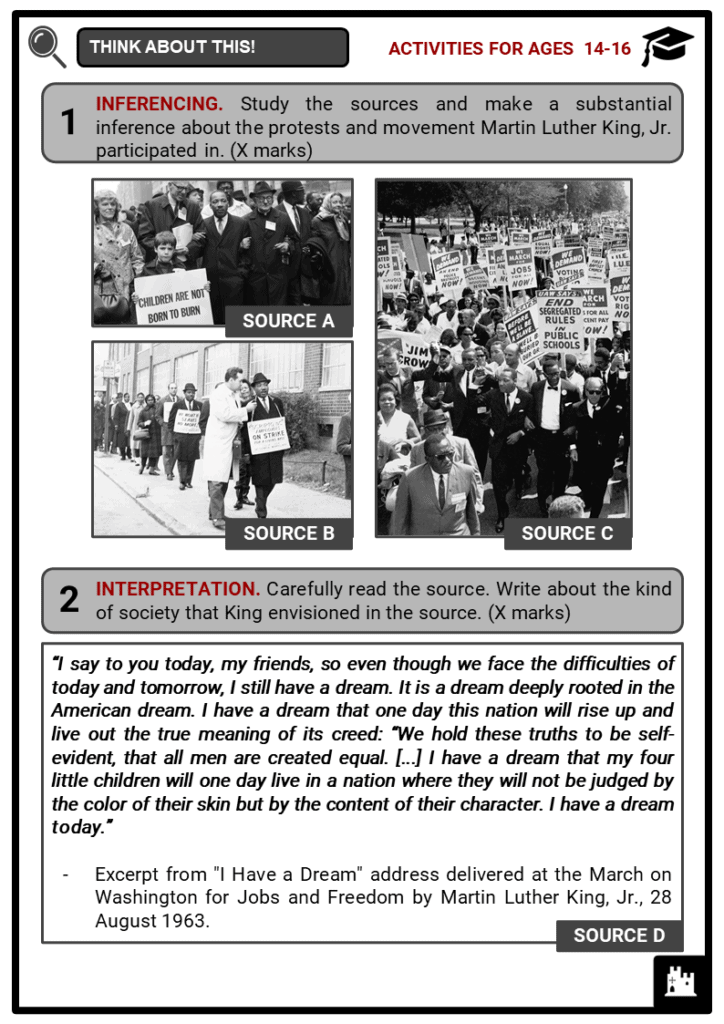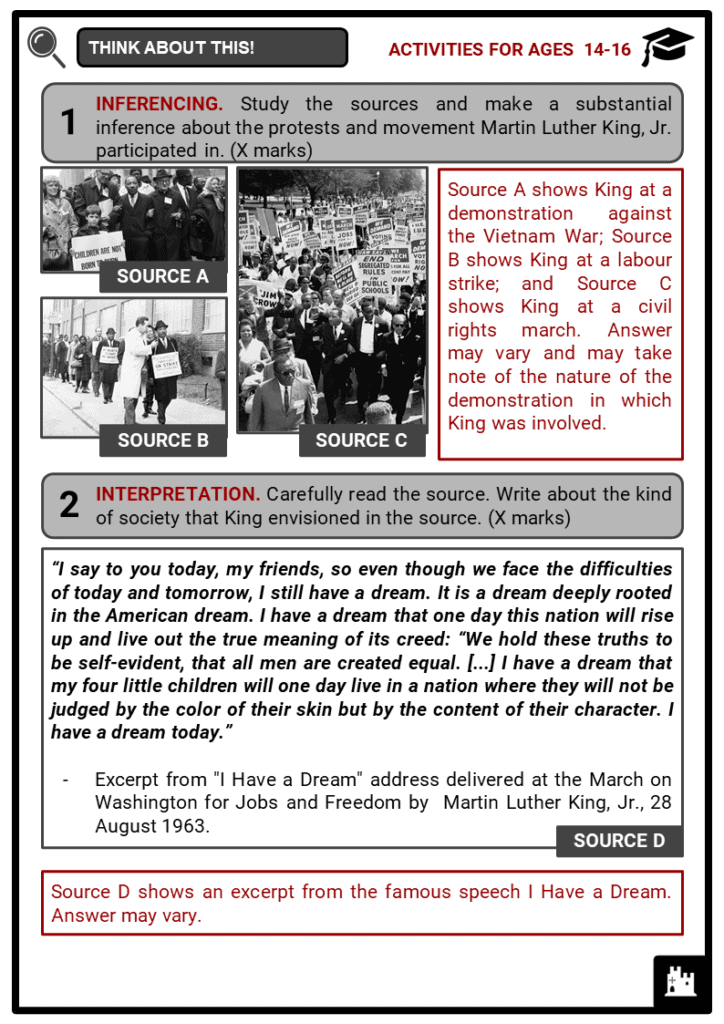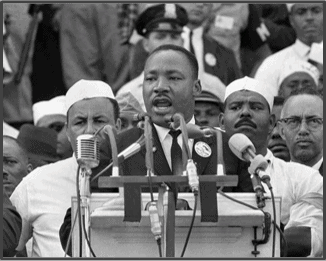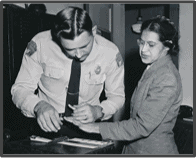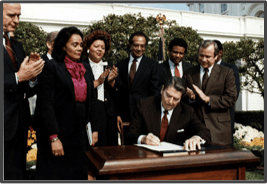Download Martin Luther King, Jr. Worksheets
Do you want to save dozens of hours in time? Get your evenings and weekends back? Be able to teach Martin Luther King, Jr. to your students?
Our worksheet bundle includes a fact file and printable worksheets and student activities. Perfect for both the classroom and homeschooling!
Table of Contents
Add a header to begin generating the table of contents
Summary
- Youth and education
- Activism and the Civil Rights Movement
- Assassination and aftermath
Key Facts And Information
Let’s know more about Martin Luther King, Jr!
- Martin Luther King, Jr. was an American Christian Minister who became one of the key Civil Rights Movement leaders from 1955 until his death. Guided by his Christian upbringing and Gandhian principle of nonviolence, he organised and attended significant demonstrations for blacks' voting rights, desegregation, labour rights, and other basic civil rights. His masterful oratory and influential speeches gained him prominence and were instrumental in his activism.
- For his advocacy of racial equality through a nonviolent approach, he received a Nobel Peace Prize in 1964. His assassination in 1968 led to a wave of riots and produced developments in the fight of African Americans in the United States. Martin Luther King, Jr. Day is observed on the third Monday of January each year.
Youth and education
- Martin Luther King, Jr. was born Michael King, Jr. on 15 January 1929 to Michael King, Sr. and Alberta Williams in Georgia.
- After a multinational trip in 1934 which included a visit to Berlin, his father adopted the name Martin Luther King, Sr. and referred to him as Martin Luther King, Jr. in honour of the German Protestant religious reformer Martin Luther.
- At 28 years old, King's birth certificate was changed to read "Martin Luther King, Jr." on 23 July 1957.
- King's father took over the role of pastor at the Ebenezer Baptist Church in 1931 hence Christian teachings became an essential part of King's childhood.
- King had an older sister Christine and a younger brother Alfred Daniel.
- Since segregation was in effect in the south at the time, he attended a school for black children, Yonge Street Elementary School.
- He witnessed his father stand up against racial discrimination and segregation as his father advocated for civil rights and voting rights protection in Atlanta.
- Upon skipping the ninth grade, he was enrolled in Booker T. Washington High School, which was the only high school in the city established after pressures from local black leaders including his father.
- He joined the school's debate team and developed interests in history, fashion and dancing.
- In junior year, he won an oratorical contest, where he gave his first public speech.
- At the age of 15, he entered Morehouse College in Atlanta after passing the entrance examination as a junior.
- He made his first trip to the integrated north in the summer before school started in Morehouse, in which he observed the openness in the opposite part of the country.
- King earned a sociology degree after four years whilst working at a farm that covered his educational costs at the college.
- Although he became sceptical of his Baptist upbringing during his adolescence, he decided to enter the ministry before his final year at Morehouse.
- In 1948, he attended Crozer Theological Seminary in Pennsylvania, which was fully encouraged by his father.
- He was elected president of the student body in the seminary and graduated with a Bachelor of Divinity in 1951.
- He then pursued doctoral studies at Boston University whilst working as an assistant minister at Dexter Avenue Baptist Church of Montgomery in Alabama.
- He received his PhD in 1955.
- King met Coretta Scott through a friend whilst he was studying at Boston University.
- They went out on dates and eventually got married in 1953 in Scott's hometown in Alabama.
- King and Scott had four children namely Yolanda, Martin Luther, Dexter and Bernice and they were based in Montgomery for a few years.
Activism and the Civil Rights Movement
- King's involvement in the Civil Rights Movement began in 1955 in Montgomery, which at the time became the epicentre of the struggle for civil rights in America.
- Montgomery Bus Boycott (1955)
- On 1 December, Rosa Parks, secretary of the local National Association for the Advancement of Colored People (NAACP) chapter, was arrested after refusing to give up her seat for a white passenger on a Montgomery bus.
-
- Upon the referral of E.D. Nixon, head of the local NAACP chapter, King was elected to lead the Montgomery Bus Boycott.
- The boycott that involved harassment and intimidation of African Americans in Montgomery lasted for 382 days and concluded with the end of racial segregation on all Montgomery buses.
- King had been advocating for nonviolent activism after learning about and being inspired by Mahatma Gandhi's method of nonviolence in the seminary.
- It was this inspiration that guided the Montgomery Bus Boycott.
- Founding of Southern Christian Leadership Conference (1957)
- King, along with other civil rights activists and ministers, founded the Southern Christian Leadership Conference (SCLC) to promote civil rights reforms in a nonviolent matter.
- He led the SCLC and it was at the group's 1957 Prayer Pilgrimage for Freedom that King addressed a national audience for the first time.
- He organised marches and nonviolent protests against segregation in the southern states and disenfranchisement.
- Since its establishment, the SCLC sponsored mass meetings for black voting rights in southern states.
- King detailed the principles of nonviolence in his 1958 book Stride Toward Freedom: The Montgomery Story.
- Gandhi's influence on his methods and principles was evident.
- In fact, King stayed in India for a month to further understand Gandhian principles.
- The trip made him more convinced of the power of nonviolent protests to bring about social change.
- King survived a knife attack in 1958 during the signing of his book Stride Toward Freedom in Harlem.
- Atlanta sit-ins (1960)
- After living in Montgomery for five years, King returned to Atlanta with his family, where he served as co-pastor with his father at the Ebenezer Baptist Church.
- He joined a mass October sit-in after being invited by the Atlanta Student Government.
- The sit-in was held at a restaurant inside Atlanta's largest department store and resulted in many arrests.
- Whilst everyone who was arrested was released by the authorities, King was held and sentenced to four months of hard labour.
- His transfer to a maximum-security state prison drew nationwide attention.
- Through many pressures on the state authorities, including that of the presidential candidate John F. Kennedy, King was released two days later.
- The October sit-in concluded with a compromise that disappointed many students: the city's lunch counters would desegregate in the autumn of 1961.
- Albany movement (1961)
- King and the SCLC were involved in a nonviolent attack of the desegregation coalition in Albany.
- This led to a mass arrest of peaceful demonstrators and failed to achieve favourable results.
- Gandhi Society for Human Rights (1961)
- King joined the Gandhi Society for Human Rights.
- In the same year, he produced a document with the organisation, in which he called on President Kennedy to issue a kind of Second Emancipation Proclamation.
- Birmingham campaign (1963)
- In April, he was arrested and jailed during the Birmingham campaign.
- The campaign drew nationwide attention when the police employed harsh tactics against the protesters including children.
- During this time, he wrote the popular Letter from Birmingham Jail and was bailed out with his fellow protesters.
- We know through painful experience that freedom is never voluntarily given by the oppressor; it must be demanded by the oppressed.
- Concerned that the allegations of communist infiltration in the SCLC would overturn the administration's civil rights initiatives, the Federal Bureau of Investigation (FBI) under the direction of Attorney General Robert F. Kennedy warned King to terminate the associations.
- In 1963, King and other SCLC leaders were placed under surveillance but the FBI found no evidence to prove the allegations.
- March on Washington (1963)
- In August, King, along with Roy Wilkins of the NAACP, Whitney Young of the National Urban League, A. Philip Randolph of the Brotherhood of Sleeping Car Porters, John Lewis of Student Nonviolent Coordinating Committee (SNCC), and James L. Farmer Jr. of the Congress of Racial Equality, organised the March on Washington for Jobs and Freedom.
- President Kennedy initially opposed the march but supported it later on, hoping that the march would positively influence the drive for passage of civil rights legislation.
- King delivered the I Have a Dream speech at the march, which was attended by more than 200,000 people.
- The March on Washington, which attracted both a national and international audience, was a success.
- The following year, President Lyndon B. Johnson signed the Civil Rights Act of 1964.
- I say to you today, my friends, so even though we face the difficulties of today and tomorrow, I still have a dream. It is a dream deeply rooted in the American dream.
- King was awarded a Nobel Peace Prize in 1964 for leading nonviolent resistance to racial prejudice in the U.S.
- Selma to Montgomery March (1965)
- On 9 March, another civil rights march was led by King to Edmund Pettus Bridge and attended by about 2,000 people.
- Although the Alabama Governor George Wallace restricted protests, President Johnson sent federal troops to protect the protestors.
- On 21 March, about 2,000 marchers began walking in Selma.
- After four days, the number grew to 25,000 in Montgomery where King delivered another televised speech How Long, Not Long.
- In the same year, the Voting Rights Act of 1965 was enacted.
- In 1966, the civil rights organisations took the movement to the north after resounding successes in the south.
- King and other activists organised marches in Chicago which got a worse reception than in the south.
- To avoid violence that might result, he negotiated an agreement to cancel the march.
- In 1967, King publicly opposed the American involvement in the Vietnam War and delivered the speech Beyond Vietnam: A Time to Break Silence.
- This gained him significant support among white allies.
- In 1968, he started the Poor People's Campaign with the SCLC.
- The campaign demanded economic aid for the poorest communities of the United States and for the reconstruction of society.
Assassination and aftermath
- In support of the black sanitary public works employees' strike, King went to Memphis and delivered a speech in a rally on 3 April 1968.
- King was fatally shot on the evening of 4 April whilst standing on the balcony of Lorraine Motel in Memphis.
- He was assassinated by James Earl Ray, an escaped convict and known racist, who pleaded guilty to the murder in 1969 and was sentenced to 99 years in prison.
- Ray later recanted his confession.
- King’s assassination led to a wave of riots in major cities across the country and President Johnson's declaration of a national day of mourning.
- Whilst some cities and states established annual holidays starting in 1971, it was on 2 November 1983 that a federal holiday was created to honour King after President Ronald Reagan signed a bill.
- Martin Luther King, Jr. Day was first celebrated in 1986.
- It is observed on the third Monday of January each year under the proclamation of President George H.W. Bush in 1992.
- All fifty states officially observed the holiday in 2000.
- Decades after King’s assassination, his wife Coretta Scott King and children publicly announced their support of Ray, who admitted that he was only a fall guy in King's murder and that a larger conspiracy plotted by the government was behind the assassination.
- After re-examination, the case was finally closed.
- King's activism had inspired the Civil Rights Movement in other parts of the world such as in South Africa and the United Kingdom.
- His wife actively participated in matters of civil rights and social justice.
- To preserve King's legacy and the progress brought by nonviolent conflict resolution, the King Center was established in Atlanta the same year of King's death.
Image sources:
- https://cdn.britannica.com/s:700x500/43/95543-050-FF65A490/Martin-Luther-King-Jr-speech-I-Have-Aug-28-1963.jpg
- https://upload.wikimedia.org/wikipedia/commons/thumb/e/ea/Rosa_Parks_being_fingerprinted_by_Deputy_Sheriff_D.H._Lackey_after_being_arrested_on_February_22%2C_1956%2C_during_the_Montgomery_bus_boycott.jpg/758px-Rosa_Parks_being_fingerprinted_by_Deputy_Sheriff_D.H._Lackey_after_being_arrested_on_February_22%2C_1956%2C_during_the_Montgomery_bus_boycott.jpg
- https://upload.wikimedia.org/wikipedia/commons/thumb/4/4c/Reagan_signs_Martin_Luther_King_bill.jpg/1024px-Reagan_signs_Martin_Luther_King_bill.jpg

